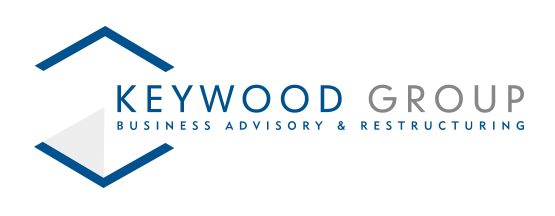Preparing your business for the year ahead
As businesses gear up for the challenges and opportunities of the upcoming year, planning with a focus on financial stability is paramount. Safeguarding against insolvency requires a thoughtful and proactive approach. Here are key considerations to integrate into your business plan to mitigate the risk of insolvency:
- Thorough Financial Assessment: Start by conducting a comprehensive analysis of your company’s financial health. Review cash flow, debt obligations, and profitability. Identifying any red flags early on allows for targeted strategies to address potential issues.
- Implement Robust Budgeting: Develop a realistic budget that aligns with your business goals. Ensure that it accounts for all necessary expenditures, debt repayments, and allows for contingencies. A well-structured budget serves as a financial roadmap, preventing overspending and promoting fiscal discipline.
- Diversify Revenue Streams: Relying on a single revenue source can expose your business to undue risk. Explore opportunities to diversify income streams, whether through new product offerings, target markets, or strategic partnerships. A diversified portfolio can provide a safety net during economic uncertainties.
- Strategic Cost Management: Scrutinize operational expenses and identify areas for cost savings without compromising on quality or efficiency. Negotiate with suppliers, explore technology solutions for process optimization, and streamline operations to maximise cost-effectiveness.
- Build a Cash Reserve: Establishing and maintaining a cash reserve is crucial for navigating unforeseen challenges. A reserve can buffer the impact of economic downturns, unexpected expenses, or disruptions in cash flow. Aim for a reserve that covers at least three to six months of operating expenses.
- Effective Debt Management: If your business carries debt, develop a proactive plan for its management. Prioritize high-interest debts, renegotiate terms if possible, and explore debt consolidation strategies. Avoid accumulating excessive debt that could strain your financial resources.
- Regular Financial Monitoring: Implement a system for consistent financial monitoring throughout the year. Regularly review financial statements, key performance indicators, and other relevant metrics. Timely detection of financial issues allows for swift corrective action.
- Engage with Stakeholders: Maintain open communication with key stakeholders, including lenders, suppliers, and investors. Transparent communication fosters trust and may provide additional support or flexibility during challenging times.
- Stay Informed About Market Trends: A proactive approach to market intelligence helps anticipate changes in customer behaviour, industry trends, and economic conditions. Staying ahead of the curve allows your business to adjust strategies in response to emerging challenges.
- Legal and Compliance Adherence: Ensure your business is compliant with all legal and regulatory requirements. Staying on top of these obligations reduces the risk of legal issues that could lead to financial strain. Seek professional advice when necessary to navigate complex legal landscapes.
By integrating these considerations into your business planning process, you can fortify your company against the threat of insolvency and promote a resilient financial future. The key is to approach the year with a proactive mindset, emphasizing financial discipline, and adaptability in the face of evolving business dynamics.
Help from Insolvency Practitioners
Keywood Group is a firm of Licensed Insolvency Practitioners with offices based in Birmingham and London. Please get in touch for a free consultation by calling us today on 0121 201 0399 or 0208 912 0399











